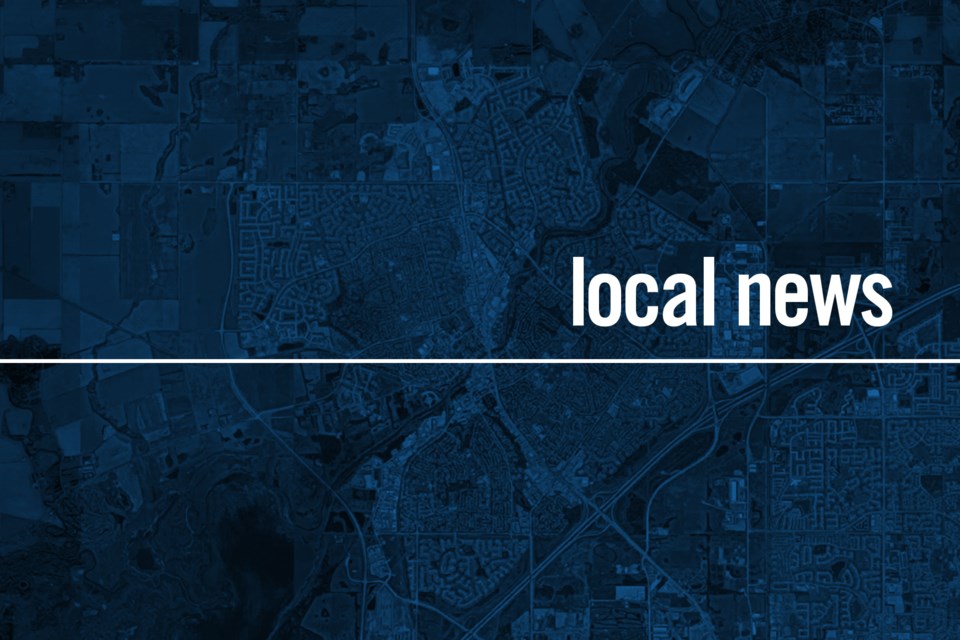October is ADHD awareness month — the month in which parents and teachers might really start to notice the characteristics of attention deficit hyperactivity disorder in students.
“By October we have had a chance to really get to know our students and we are able to differentiate between students who may have needed a bit more time to settle into the back-to-school routine and those who are exhibiting characteristics of ADHD,” Charlotte Kirchner, supervisor of student service at St. Albert Public Schools, said in an email.
ADHD is a neurobiological disorder that impacts an individual’s ability to regulate their attention, which can include a lack of focus, but also hyper-focus, according to the Centre for ADHD Awareness, Canada website.
ADHD is highly heritable and is considered to be the most prevalent childhood psychiatric disorder in Canada, but it is also the most treatable.
There are three core symptoms of ADHD, including the inability to regulate attention; the inability to regulate activity; and difficulty with inhibitory behavior, which can result in impulsivity. Difficulty in regulating emotions can also be a symptom of ADHD.
Executive functioning can also be impaired. This affects an individual’s working memory, their ability to plan ahead, evaluate the past, start and finish a task, and manage time.
“Students with ADHD also frequently process information coming in and going out at a slower or inconsistent speed. Children with deficits in these areas are frequently mislabeled as being unmotivated, defiant, and lazy,” states the website.
It is difficult to say whether or not the instability of pandemic schooling has had an impact on students with ADHD.
Kirchner said they are unaware as they have not done any research on any specific group of students, but they are learning about the general social-emotional impacts of the pandemic.
“Anecdotally, we have heard from a few families who indicated that their child with ADHD did well in an online learning environment, as they felt it likely reduced the number of distractions that would be present in an in-person classroom environment.
“At the high-school level, again we heard from a couple of families who indicated that their child liked the quarter system in high school last year, as they only needed to manage two courses at a time. It is important to note, however, these anecdotes cannot be generalized to all students with ADHD,” she said.
In an Aug. 30 interview with The Gazette, psychologist John Stevenson from Zone Psychology didn’t say if he noticed an increase in ADHD diagnosis through the pandemic, but said he has noticed an increase in cases over the last few years.
He said we don’t specifically know why the reports of ADHD have gone up, but he has his opinion on what is going on and there are some things we really need to be aware of.
“What I've seen in our office, first-hand, is the incidence of gaming and screen time has dramatically gone up. And that has a significant impact on overall brain functioning and vision and eyesight and eyestrain, which then, in turn, impacts your sleep,” he said.
Studies are showing that children with ADHD have a huge incidence of sleep disturbance, Stevenson continued, and if their sleep is disturbed, they will generally have a harder time focusing, memorizing, and learning in school.
“The three things that I've seen is the screen time has gone up, gaming has gone up — sleep disturbances. I'm not saying that those cause ADHD, but they definitely increase the symptomology,” he said.
Kirchner said we are not meant to be on a computer all the time, and if we are doing everything on a computer, from online classes to extracurricular activities, you’re going to see developmental and visual processing issues.
“That is definitely going to impact a child's ability to focus and memorize and learn. Those are the things that I've seen first-hand,” he said.
The first thing parents should do is get a proper assessment and rule out physical issues, such as vision problems and sleep apnea. Stevenson emphasized there is no one instrument or tool that can diagnose ADHD.
"You can't manage what you don't measure," he said.
There also isn’t one tool to treat ADHD. Stevenson listed neurofeedback, biofeedback, cognitive-perceptual training, and daily mindfulness meditation as ways to treat ADHD.
“These are all programs that have significant research and evidence-based literature to support. I think the big thing is letting people know that there are programs that are out there where kids don't have to be put on, right off the bat, medication,” he said.
At St. Albert Public Schools, Kirchner said they have been focusing on helping students with and without ADHD on self-regulation and also supporting social and emotional well-being. They are reviewing classroom expectations as students re-learn how to be in an in-person environment.
“Some students have not been full time in a classroom since March 2020. We are sensitive to the heightened stress and anxiety that students are feeling, and we understand these feelings can be elevated in students with ADHD,” she said.




